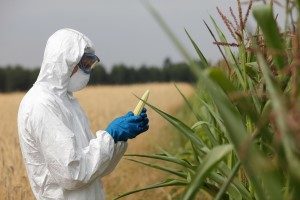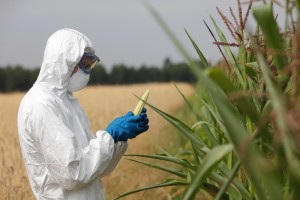As we gather our food to prepare, I would suggest that you read the following article before you go to the grocery store. It warns us of the dangerous food offered to us. This is another reason why we need more community gardens in our neighborhoods and backyards. We are eating poison and they are okay with it. What is wrong with this picture?

